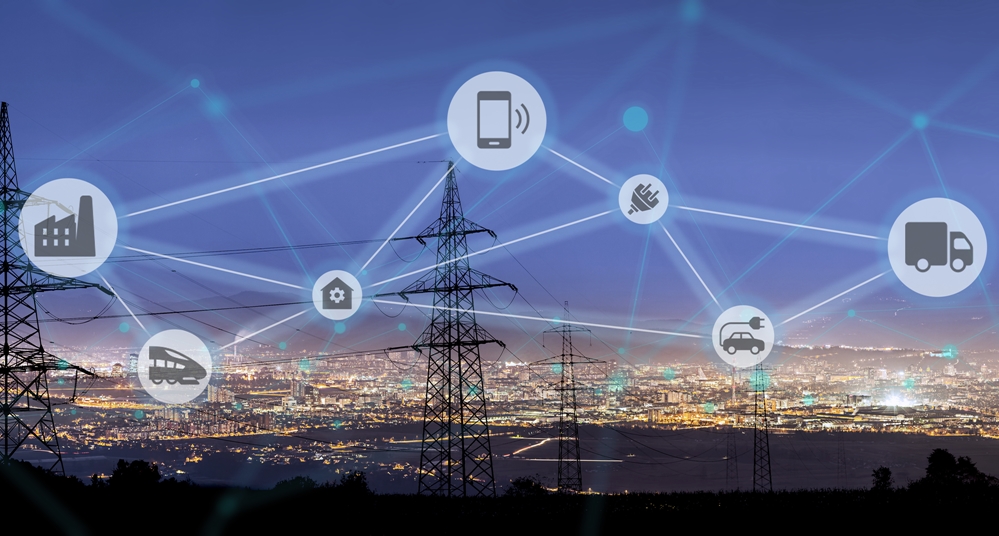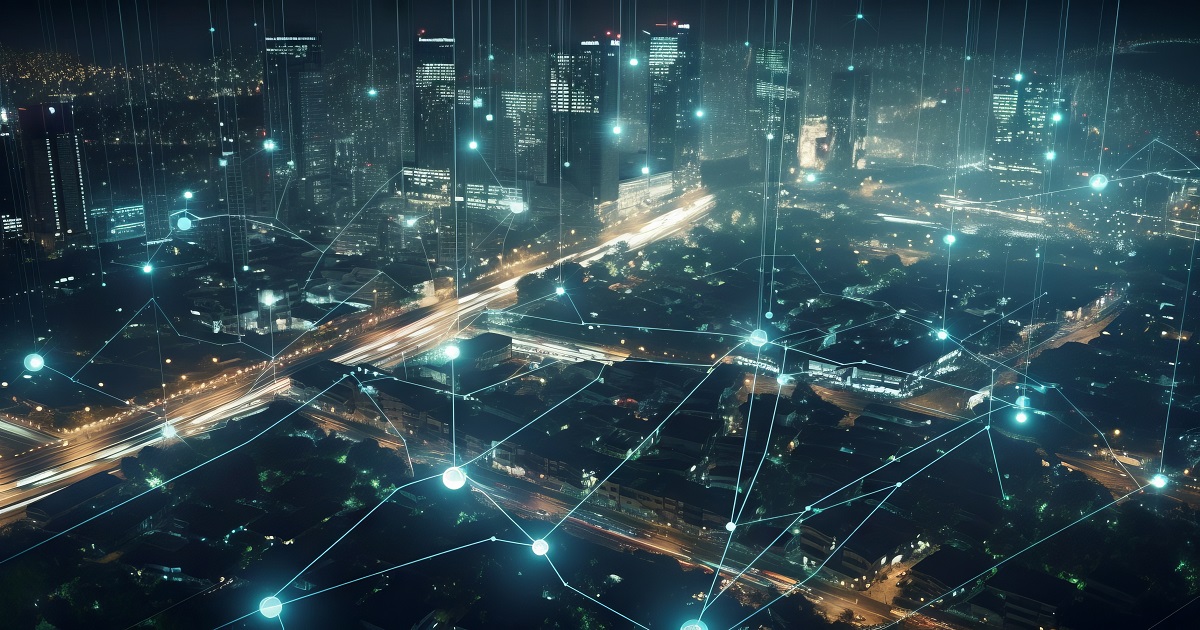
Earlier this week at a day-long summit sponsored by Smart City Works, the Infrastructure Week non-profit organization, the National League of Cities and National Association of Counties, Lidija Sekaric of Siemens painted a picture of how connected, smart energy technology is already making a difference for communities across the U.S.
“I am a technologist and I love technology as much as anyone on this planet,” Sekaric started out, “And when we think about smart cities, we think about the cool technology that will make them smart.”
She defined smart communities as those which “apply technology and policy solutions that enable holistic integration of public assets for the sake of making great places for people to live and work – for people.”
“In the end, we are not solving just technology problems, we are solving human problems,” Sekaric said. “The topic our conversation today is energy, and how energy enables smart infrastructure AND how energy IS your future smart infrastructure.”
Sekaric emphasized the role of electricity across the board, from running wastewater treatment plants to a transit centers, emergency dispatch centers, hospitals, traffic lights and more.
“They all need power to function, and to keep our essential services going, she said, noting that already over 50% of people on this planet live in cities and give their residents access to critical services.
“By 2050, 10 billion people will be on earth, and 70% of them will live in cities. They will also disproportionately affect the energy use patterns, as well as our environment and climate, and need extraordinary amount of power. If cities are to grow into smart communities, they will need smart and flexible power that can grow with their needs,” Sekaric explained.
One of Siemens focal areas is centered on embracing the new energy system. “With relentless cost reduction of clean energy sources, and just as relentless advancement in controls, algorithms and data analysis, the grid of the future can be made cleaner, more flexible and resilient,” Sekaric continued. “We are talking about the future of distributed energy assets, in form of generation, energy storage, and buildings that produce and use electricity. This system complexity needs to be managed with intelligence infused into everything to result in efficient and harmonized operations.”
Sekaric shared several interesting case studies, including Blue Lake Rancheria, a Native American community in the midst of an area in California that has been experiencing landslides, and as a result, frequent power outages. “They are also at the end of the utility service line, and the power restoration was slow and painful. Their Red Cross shelter had no power. Their major economic driver, a casino, had no power. And the community organized around an idea to enable energy resilience while reducing the carbon footprint.”
Sekaric shared they are now home to an award-winning microgrid with a solar array, two different types of energy storage, and backup generators, tied together with a powerful set of controls that allows them to power critical operations for 7 days.
“When they are not in the grid island mode,” she said, “they are reducing their power bills with the solar and storage on site, and some day, when the markets enable it, they can use the same microgrid to react to power pricing from the centralized grid.”
At the core of this innovative implementation, a powerful algorithm ties together the energy conditions in real time – from energy use patterns, to solar production forecast, and the potential expansion of new assets.
“By programming the controller, they do not need the staff to manually manage the priority and use of resources. This microgrid can also act as a centralized grid resource by helping it power up when there is an area-wide blackout and provide grid stability services,” Sekaric explained.
Sekaric also shared examples from Holland, Michigan, which needed to replace their ageing coal plant with a modern gas plant. “Not only did they get the electricity at a reduced cost, but they are also heating their downtown sidewalks via a snow melt system that uses the waste heat from the turbines,” Sekaric said. “While more mundane than a complex microgrid project, it is no less impactful to the community that got smarter and decided to squeeze every bit of benefit from a local investment.”
The City of Thousand Oaks in California has a plant that is self-sufficient, between their solar installation and a combined heat and power (CHP) plant. They had had an anerobic digester for a long time that was simply flaring the methane. They now use it to power this CHP plant.
A hospital in Pittsfield, Massachusetts, installed a CHP system as well as a microgrid to help them decide how to shed unnecessary loads and power critical equipment, and start up quickly, in case of a power outage.
In a residential Brooklyn neighborhood, Sekaric noted, residents formed a smart community. A group of homeowners with residential rooftop solar systems connected them using the very microgrid controlled and software that Blue Lake Rancheria uses, and will be trading energy with one another using a blockchain protocol.
“The grid is much more than power plants,” she said. “It is more than wires. It is everything in-between, that helps manage and convert the power that is needed, and helps a community build more homes, or add EV chargers without taking out the whole neighborhood.”
Sekaric summarized her talk by offering three ways we can address these challenges:
“First, there needs to be a shift away from supplying power based on historical data to deploying real-time models of demand. Software platforms and automated controls can support this today and help the grid deal with unpredictable spikes in demand.
Second, the strategy for managing a gradual, yet concentrated increase in power demand can be built around adding small sources of power. Their network architecture is also capable of managing demand spikes to maintain grid reliability and protect transformers.
Third and last, but not the least, we must do this through true cross-sector planning. Fleet owners, city governments, energy service companies, and utilities need to work together when expanding EV infrastructure.”
Edited by
Ken Briodagh





